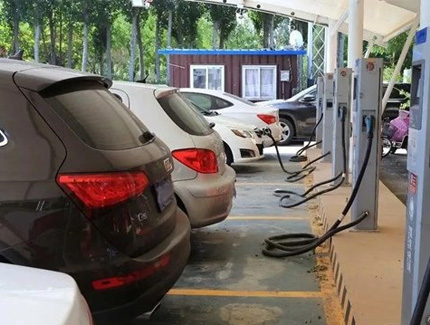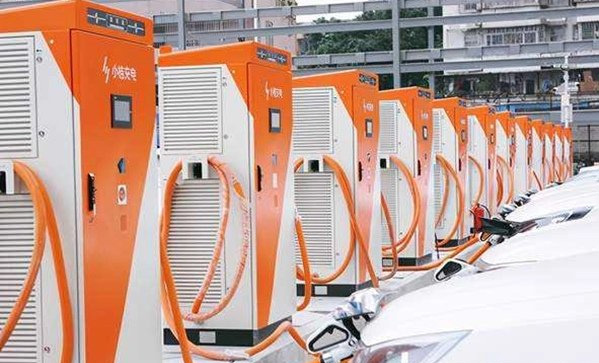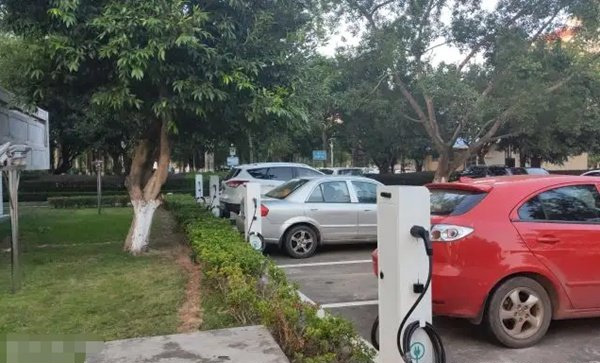
Slow charging, or Level 1 charging, for electric vehicles (EVs) typically operates between 7-15 kilowatts (kW). These chargers use single-phase alternating current (AC) with a standard voltage of 220 volts. Most home chargers support a maximum of 7 kW, meaning they can provide 7 kilowatt-hours (kWh) of electricity per hour. For a small EV, a full charge usually takes about 6-8 hours.
Ideal for Daily Commuting
Slow charging is well-suited for daily commuter vehicles. Despite its slower speed, it offers the convenience of charging the vehicle during downtime, such as overnight, without adding time costs. Moreover, slow charging is gentler on the vehicle's battery, which helps reduce wear and tear and minimizes economic loss over time.

Charging Power of Electric Vehicles
Currently, there are two main types of EV chargers: slow chargers and fast chargers. Slow chargers typically deliver between 16-50 amps, with home chargers usually operating at 220 volts and around 7 kW. On the other hand, fast chargers can handle currents between 150-300 amps, with charging power often exceeding 40 kW.
The actual charging power of an EV depends on the battery parameters and the compatibility with the charging station. The power also varies during the charging process due to factors like temperature and the electrical environment. The rated power displayed on charging stations and in vehicle manuals represents theoretical values, whereas real-world conditions can significantly impact actual charging power.

EV Charging Considerations
1. **Mild Impact on the Grid**: Slow chargers have lower power outputs, leading to a more gentle charging process that places less strain on the electrical grid. This is crucial for maintaining safety during high-current, high-voltage charging sessions.
2. **Full Charge Monthly**: If possible, perform a full charge and discharge cycle once a month. This helps in maintaining the battery health and prolonging the vehicle’s overall lifespan.
3. **Optimal Charging Practices**: Regularly charging your EV does not require filling the battery to 100% every time. It’s best to charge in a range of 20%-90% to extend battery life. Adopting a habit of charging when needed, rather than waiting for the battery to deplete completely, can significantly benefit the battery’s longevity.

In conclusion, understanding the dynamics of slow charging can help EV owners optimize their charging habits for better efficiency and battery health. Balancing the convenience of slow charging with its benefits to the battery and grid can make a significant difference in the overall ownership experience.



SHENZHEN DMIC CO.LTD
Office Add:Floor 2,Mingyue Huadu,Gonghe lndustrial Road,Gongle Community,xixiang Sub-District,Baoan District Shenzhen,China(518102)
Blog
sitemap
Privacy Policy
XML
© 2024 Shenzhen DMIC Co.,LTD. All Rights Reserved .  network supported
network supported